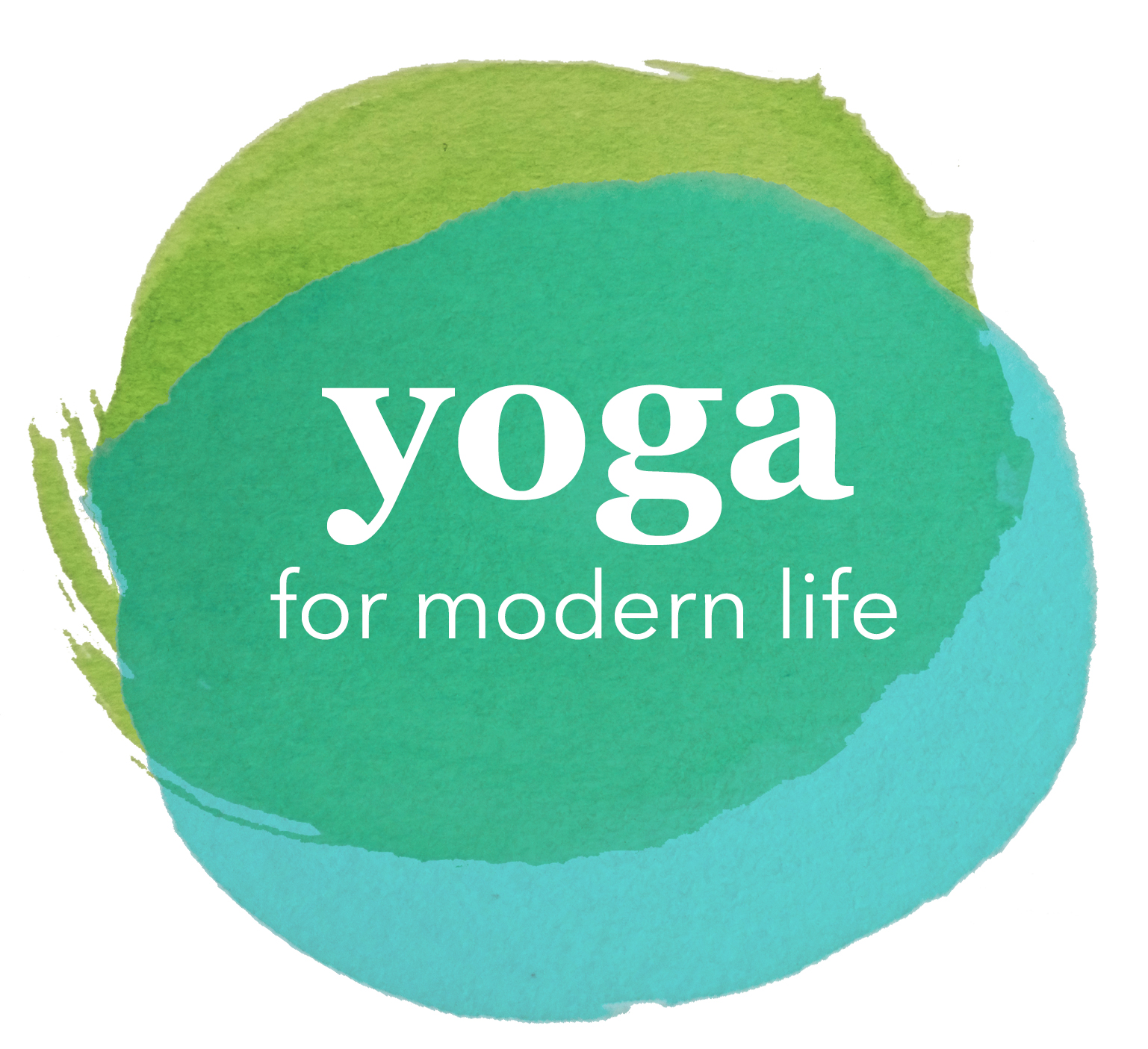The Hygge - Yoga - Mindfulness connection
Hygge has been brought to us by the Scandinavians, and it’s specifically a Danish concept. The Danes are amongst the happiest nations on the planet, so they must be doing something right! Featured for a while now in the press in interiors and lifestyle magazines, it perhaps brings to mind snuggly woollen blankets, copious soft cushions, and an abundance of candles (the Danes burn more candles per head of population than any other country in Europe apparently).But it’s far more than an uber fashionable fad for fans of Scandinavian design or Scandi noir tv series, it’s actually a part of Danish culture that really puts self-kindness, presence, and space for yourself at its heart, just like yoga and mindfulness does. The similarities are hugely striking.
Pronounced ‘hoo-ga’ it comes from the Norwegian word for ‘wellbeing’ and is believed to be loosly connected to the English word ‘hug’, an obsolete meaning of which is ‘to cherish oneself; to make oneself snug’. Hygge has many meanings, from a way of describing cosy surroundings, to the relaxing experience of a pleasant conversation with friends. Essentially the concept of Hygge was conceived as a concept in the 18th century that centred on refuge, on the home as a comforting sanctuary from the outside world, and a safe place to withdraw to.
Today Hygge has become part of what it is to be a Dane. Contemporary Hygge calls for total immersion in the moment, is about gentle pleasure, and it acknowledges that we need to pay attention to our well-being. It’s one of Denmarks most prevalent cultural traditions, and is based on cherishing, snugness and the enjoyment of small pleasures.
It also makes such a pleasant change to find a ‘lifestyle philosophy’ today that is not rooted in denial. Denial is a nasty, bad-tempered notion that stems from a belief that pleasure is in some way sinful and that we would all be better people with less of it in our lives (I’m thinking about current thinking on banning sugar, fat, wheat and clothes you haven’t worn in the last 6 months, et al). Instead Hygge is not about denial, but is the opposite, it is generous of spirit. There are no prescriptive lists of things you must, or must not, d. It is simply about taking the occasional break from life and allowing yourself to enjoy the moment. Hygge encourages us to take pleasure in the modest, the mundane and the familiar. It is a celebration of the everyday, and it prioritises experiences over things. Talking with a friend by on open fire is Hygge, running through woods in the early morning mist is Hygge, baking biscuits with your kids is Hygge, and a large glass of red in front of the telly is Hygge too. Yes the comforting food, the candles and pure wool chunky socks are appealing, but really the attraction, for me, lies in that Hygge prioritises self-kindness and quiet contentment.
Self-kindness is severely underrated. We might tell our children that they should accept and love who they are, but in reality we are a society that endlessly pushes self-improvement . At the root of every diet book and lifestyle guide is the idea we could be better people if only we put in the effort (and that grows out of the idea that we are not quite good enough as we are). I’m sure some people do stick to the rules of their chosen diet or new way of living and emerge enriched but most of us return to our old habits feeling that we have failed. Feeling that we have failed is a fast route to discontent.
If there are any Hygge rules, then the most fundamental is the one about presence. For something to by Hygge everyone involved must by fully committed to the moment. As a big multitasker, focusing on one thing does not come naturally to me. But this presence in the moment is very akin to Mindfulness (another current buzzword) and so something I am used to trying to practice (sometimes with more success than others). The whole ethos of self-care, self-kindess, simple pleasures, non-judgement and a cosy inviting atmosphere with lovely people seems to sum up my Slow Sunday yoga workshops - and I was delighted to find that. Who knew that a ‘yoga me-time’ workshop would come to epitomise a hip Scandinavian-gone-global- cultural phenomenon? Perhaps my design training and long standing admiration for Danish design has been born out in creating my yoga offering??
So what can you do to Hygge your life? Well the changes don’t have to be at all radical or grand gestures (that would be ‘unhyggelig’) instead understatement and low key ideas are called for. The Danes apparently aim to do a least 2 or 3 hygge things each week – perhaps a home cooked meal or a picnic with friends, an evening alone watching a film under a blanket, an afternoon baking, takig a walk and really paying attention to nature or taking a beautifully scented bath with candles. A balance between doing hygge with friends and family, and hyggeing by yourself is also called for. Of course investing in a few more candles and a snuggly blanket could help with the feeling and spirit of hygge too!
This is such a fascinating subject, that I’m going to do another post on hygge next week. With more about its ideas of being present in the moment, and some ‘how to’ ideas (strictly speaking this goes against the no prescriptive nature of hygge – but in my defence they are rather well meant ‘suggestions’ not a list of ‘rules’). In the meantime I hope you get to spend a little bit of time hygging this week.

